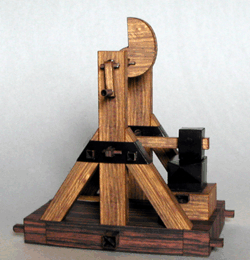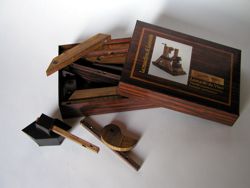The R3C-1 was the landplane version and won the Pulitzer Trophy Race in 12 October 1925 with a speed of 248.9 mph (406.5 km/h).
The R3C-2 was a twin-float seaplane built for the Schneider Trophy Race. In 1925, it took place at Chesapeake Bay in Baltimore, Maryland. With 232.57 mph (374.274 km/h), pilot Jimmy Doolittle won the trophy with a Curtiss R3C-2. The other two R3C-2, piloted by George Cuddihy and Ralph Oftsie, did not reach the finish line. The next day, with the same plane on a straight course, Doolittle reached 245.7 mph (395.4 km/h), a new world record. For the next Schneider Trophy, that took place on 13 November 1926, the R3C-2's engine was further improved, and pilot Christian Franck Schilt won the second place with 231.364 mph (372.34 km/h). - Wikipedia
| The Real Thing |
O R3C-1 era a versão de terra e ganhou o Troféu Pulitzer em 12 de outubro de 1925 com uma velocidade de 248,9 mph (406,5 km / h).
O R3C-2 foi um hidroavião com flutuadores gêmeos construído especialmente para disputar a Taça Schneider, que ocorreu em 1925, na baía de Chesapeake, em Baltimore, Maryland. Com 232,57 mph (374,274 kmh), o piloto Jimmy Doolittle ganhou o troféu com um Curtiss R3C-2. Os outros dois R3C-2, pilotados por George Cuddihy e Oftsie Ralph, não atingiram a linha de chegada. No dia seguinte, com o mesmo avião em uma corrida em linha reta, Doolittle chegou a 245,7 mph (395,4 km / h),e bateu um novo recorde mundial. No Schneider Trophy de 1926, o motor do R3C-2 foi melhorado, e o piloto Christian Franck Schilt ficou em segundo lugar, com 231,364 mph (372,34 kmh).
Link: Curtiss.R3C-2.Vintage.Racing.Aircraft.by.Takumi
More Aircraft Related Posts:
Albatros.DrII.WWI.Plane.by.Paper.Inside
Triplane.Fokker.Dr.I.by.Recortecole
14-Bis.Paper.Plane.by.Sergio.Vasconcellos



